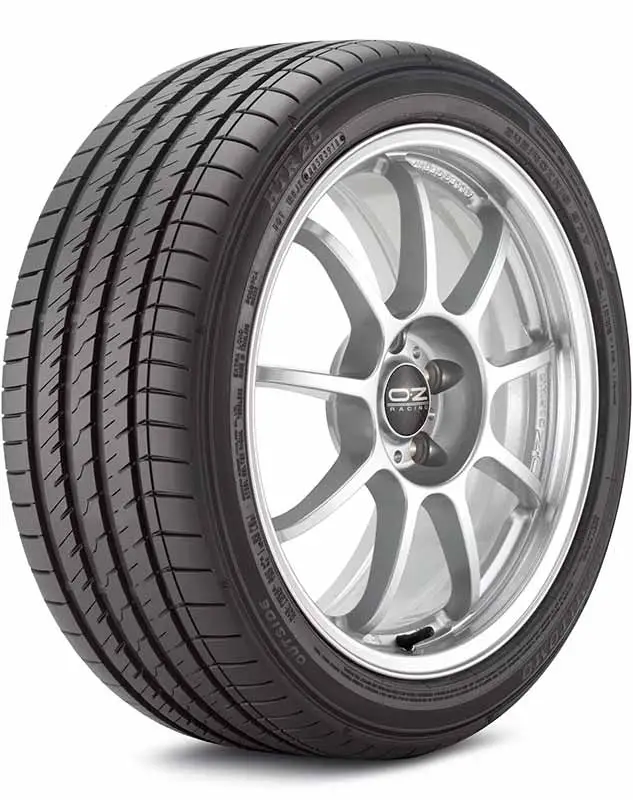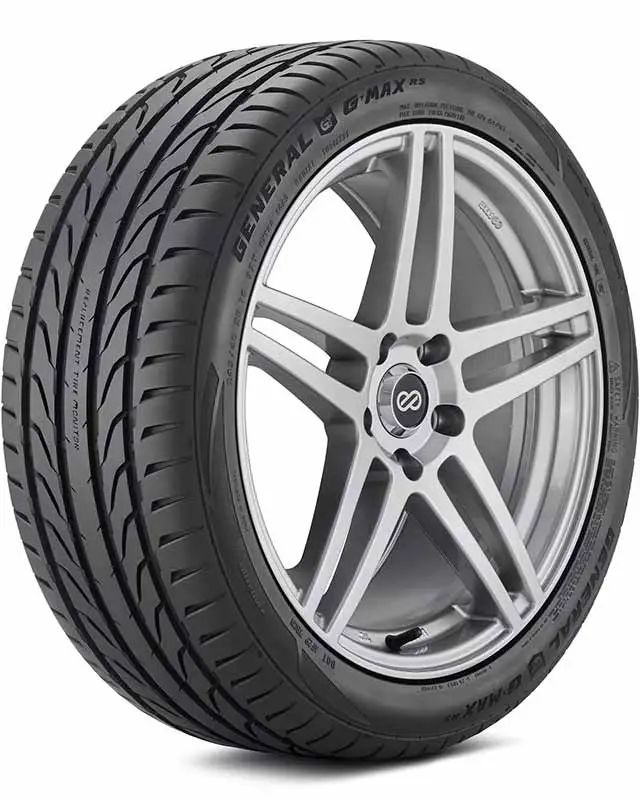Did you know that a whopping 220 million flat tires occur annually in the United States? That’s a lot of drivers in need of a spare tire!
You might be surprised to learn that even an unused donut spare tire can eventually go bad. That’s why it’s so important to understand how to maintain your spare and recognize when it’s time to get a new one.
Do Spare Tires Go Bad?
Spare tires can go bad, with an average lifespan of 6 to 10 years for unused ones. To make sure your spare tire is ready when needed, regularly check its condition, maintain proper air pressure, and replace it when signs of wear or damage are visible.
In this article, we’ll be covering everything you need to know about spare tires, from their lifespan to how to take care of them and even when to replace them.
Let’s take a closer look.
How Long Do Spare Tires Last Unused?
On average, an unused spare tire can last around 6 to 10 years. However, it’s important to know that not all spare tires are the same. There are two main types: full-size spares and compact spares, also known as “donut” spares.
Full-size spares are just like your regular tires, and they usually have the same lifespan as the tires on your car. Compact spares, on the other hand, are smaller and not as strong, so they might not last quite as long.
There are a few things that can affect how long a spare tire lasts. For example, how it’s stored and the temperature it’s exposed to can make a difference. Spare tires kept in a cool, dry place away from sunlight will generally last longer.
Example: DOT B9 EL 04EX 4118
In the example above, we can see that the tire was manufactured during the 41st week of the year 2018.
How To Take Care Of A Spare Tire
Now that we know spare tires have a lifespan let’s learn how to take care of them so they last as long as possible. After all, you want your spare tire to be ready when you need it! Here are some easy tips to help you out:
Proper Storage
Keep your spare tire in a cool, dry place, like your trunk or garage. Avoid exposing it to extreme temperatures or direct sunlight, as this can cause the rubber to weaken over time.
Regular Inspections
Just because your spare tire isn’t being used doesn’t mean you should forget about it. Check on it every once in a while to make sure it’s in good condition. Look for any signs of damage, like cracks or bulges, and keep an eye out for anything that looks off.
Maintain Proper Air Pressure
Just like your regular tires, your spare tire needs the right amount of air. Check the air pressure using a tire pressure gauge (you can find these at most stores that sell car supplies). The correct pressure for your spare tire should be listed in your car’s owner’s manual or on a sticker inside the driver’s side door. Make sure to inflate the tire if it’s low on air.

Craftsman V20 Inflator – Portable Air Compressor
When To Replace Spare Tires
You’ve been taking good care of your spare tire, but how do you know when it’s time to replace it? There are a few things you should look out for, and we’re here to help you figure that out.
Tire Age
Remember when we talked about the lifespan of a spare tire? If your spare tire is around 6 to 10 years old, it’s probably time to think about getting a new one. Even if it looks okay, the rubber can weaken over time, and you don’t want to risk using an old tire when you need it most.
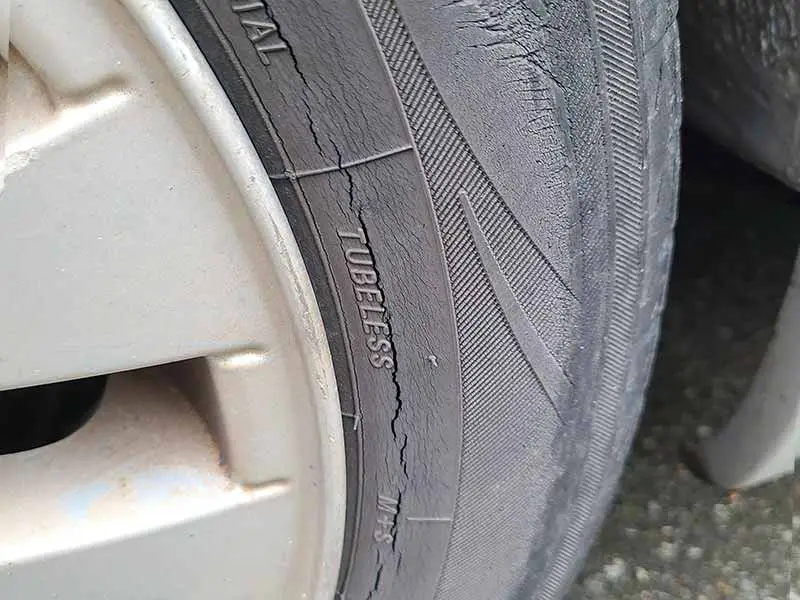
Wear And Tear
If you notice any signs of damage on your spare tire, like cracks, bulges, or cuts, it’s a good idea to replace it. These issues can make the tire unsafe to use and could even lead to a blowout.
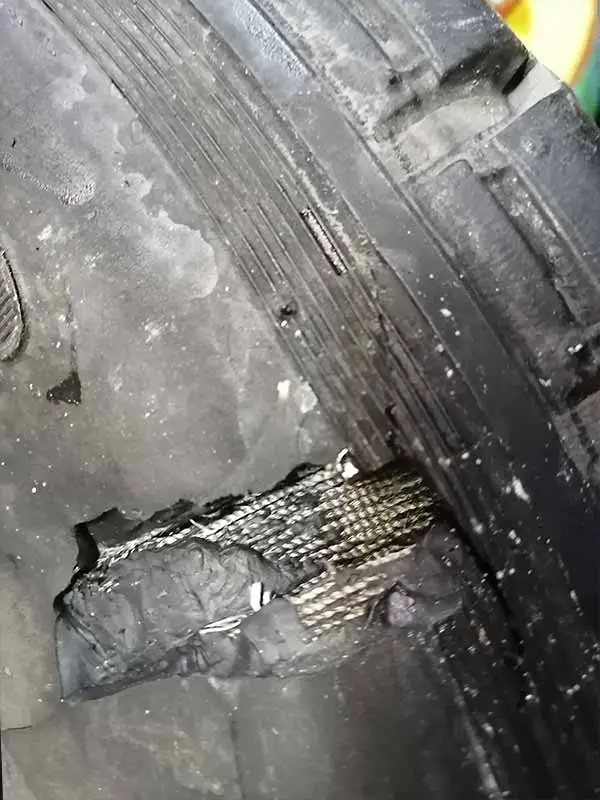
Tread Depth
Just like your regular tires, your spare tire’s tread can wear down over time. To check the tread depth, you can use a penny or a tread depth gauge. If the tread is worn down to 2/32 of an inch or less, it’s time for a new tire.
Do You Have To Replace A Spare Tire After Using It?
Let’s say you had a flat tire and used your spare to get back on the road. Good job for being prepared! But now you might be wondering, do you have to replace that spare tire after using it just once? Let’s clear up the confusion.
If you have a temporary spare tire, also known as a “donut” spare, it’s important to know that it’s not meant for long-term use. These smaller, lighter tires are designed to get you to a safe place or a nearby shop where you can get your regular tire fixed or replaced. You shouldn’t drive more than 50 miles or go faster than 50 miles per hour with a donut spare.
Now, if you’ve used your temporary spare within these limits, you don’t necessarily have to replace it right away. But you should definitely inspect it for any signs of damage or wear, just like you would with your other tires. If it’s still in good shape, you can keep it as your spare. However, if you notice any issues, like cracks or worn tread, it’s best to replace it.
If you have a full-size spare tire, which is the same size as your regular tires, you can usually use it for longer distances and speeds. But again, make sure to inspect it after use and replace it if you see any signs of wear or damage.
In short, you don’t have to replace a spare tire after using it once, but it’s important to check its condition and make sure it’s safe to use in the future. Keep your spare tire in good shape, and it’ll be ready to help you out when you need it!
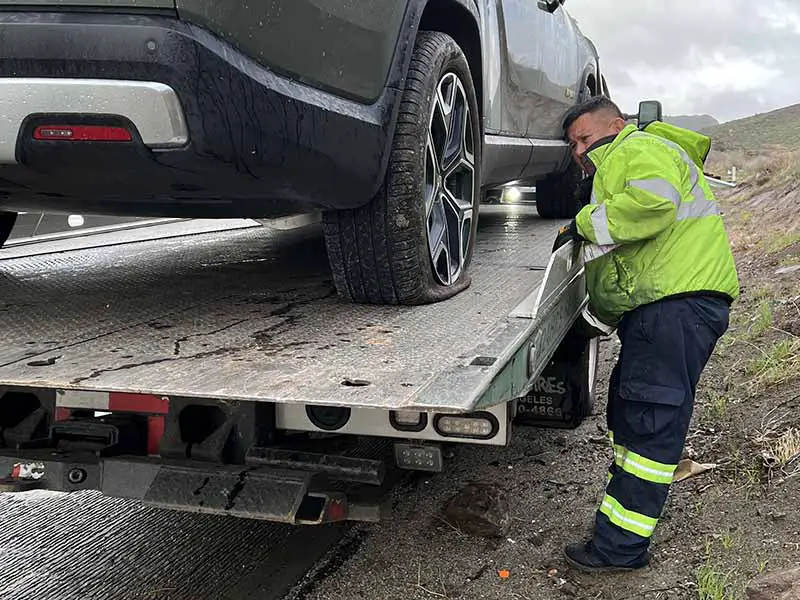
Spare Tire Looks Flat? What To Do?
You went to check on your spare tire, and it looks flat. Don’t worry! We’re here to help you figure out what to do next. Just follow these simple steps:
Check The Air Pressure
Before you panic, grab a tire pressure gauge and check the air pressure in your spare tire. Sometimes a tire might look flat but actually just needs a little more air. Find the correct pressure for your spare tire in your car’s owner’s manual or on a sticker inside the driver’s side door.
Inflate The Tire
If your spare tire is low on air, you can use an air pump to fill it up. Many gas stations have air pumps you can use for a small fee, or you might even have a portable air pump at home. Make sure to fill the tire to the recommended pressure.
Inspect The Tire
While you’re inflating your spare tire, take a close look at it to make sure there aren’t any signs of damage, like cracks, bulges, or cuts. If you notice any problems, it’s best to replace the tire, as it might not be safe to use.
Talk To A Tire Professional
If you’ve inflated your spare tire, but it still looks flat or loses air quickly, there might be a problem you can’t see. In this case, it’s a good idea to visit a tire shop or mechanic and have them take a look. They can help you figure out what’s going on and recommend the best course of action.
Resources
Below are some links you may find helpful when learning about tires
- Does a spare tire expire? – Consumer Reports
- How long do spare tires last? And other spare tire questions – AAA
Final Thoughts
Taking care of your spare tire is a simple yet essential part of being a responsible car owner. By now, you should have a clear understanding of how long spare tires last, how to maintain them, and when it’s time to replace them.
As we’ve learned, even a tire that’s just sitting in your trunk can go bad over time. So, what’s the big takeaway? Be proactive in maintaining and checking your spare tire. Remember, a spare tire can be a real lifesaver in an emergency, so don’t let it be an afterthought!
Good luck and happy motoring.



